Foraging on the Coastline – Part 1
Jen Wiss-Carline is a speara and keen coastal forager. In this series of posts, she shares some tips on how to make the most of the free food waiting to be found along our shores.
When I was a little girl, I used to love filling my plastic bucket with sea creatures for my mum to cook up. There was something extremely satisfying about finding juicy big cockles and mussels to bring a huge smile to her face, and she always made them smell wonderful. Now, as an adult, the soaring cost of food in supermarkets has provided me with a strong motivation to explore new ways to fill my table and freezer.
Whether you’re lucky enough to live near the coast or just visit occasionally, the ocean’s larder is always full of fresh, delicious and free food to forage, from crustaceans and molluscs to the mighty and often-overlooked seaweeds. It’s a great family day out with a lot of learning opportunities and the kids will love the thrill of finding you something to cook.
In this series of blog posts, I hope to inspire you to explore the shore, fill your buckets with tasty treats, and add the coastline to your list of favourite foraging haunts.

Rules and regulations
Before you venture to your nearest rocky shore in the search for tasty goodies, be aware that the Inshore Fisheries and Conservation Authorities (IFCA) make bylaws for all coastal regions in England which set out minimum sizes for taking shellfish to ensure that populations can reproduce before being harvested. You can check which IFCA region you fall under on this map, and there are links to the regional policies at the bottom of this page. In Wales, you can check the Natural Resources Wales for rules (have a quick search by species).
Please don’t take more than you need – we are lucky that this supply of mouthwatering free food isn’t overly regulated at the moment, and foraging sustainably helps to keep it that way.
Gear
If you’re staying on dry land, I recommend taking a knife and some catch bags with you, and waterproof shoes such as wellies or crocs – the rocks can be painful with bare feet. A rake is also helpful for foraging cockles. Check the tide times before you go – you want the tide to be going out so you can explore what has been left around the sea bed and rocky areas (I’ll get to more adventurous options later). Ideally you want a spring tide which occur during full and new moons. This is when the gravitational forces of the Moon and the Sun align, either pulling together (new moon) or pulling in opposite directions (full moon), resulting in the most significant tidal ranges. This unearths much more of the sea bed than a typical tide and will be most productive. Be sure to keep an eye on the incoming tide and don’t get cut off by it.
Before cooking
For all your foraged seafood, make sure you wash it very well in cold water before you cook it to get rid of sand and dirt. Some seafood such as whelks will also benefit from a couple of hours soaking too.
Cockles
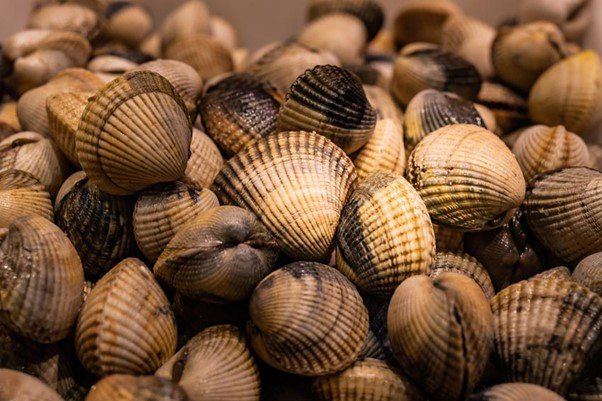
Starting with my childhood favourite, cockles are so delicious and incredibly healthy, packed with protein.
They tend to lie a couple of inches below the sand for which a rake is a really handy tool to drag them up, although you might find some above. They must be foraged alive so their shells should be closed and they shouldn’t smell bad. If you find an open one, give it a tap on a hard surface to see if it closes up – otherwise discard. Cockles are best steamed by adding a cup of water to a large pan with a lid. You can add a splash of lemon if you want to. They take just a couple of minutes and their shells should pop open – otherwise get rid.
Mussels

Mussels are easy pickings to be found on the rocks, hanging on tightly by their little strings (“the beard”). Make sure they’re closed shut when you find them, and either twist them off or use a short knife to get underneath.
Before cooking, spend some time cleaning each one: cut off the beard and scrape off any small barnacles from their shells. This will ensure there is not grit in broth. There’s no shortage of very simple steamed mussel recipes to be found, ranging from white wine, butter and garlic broth to coconut milk, fresh coriander and sliced chillies. Most seafood recipes are interchangeable with other shellfish and literally take minutes to execute. Make sure the shells opens when you cook them – otherwise discard those that don’t.
In my next post, I’ll introduce three more of my coastal foraging favorites: winkles, scallops, and oysters. Get your bucket and wellies ready for a real teatime treat!All images licensed through Envato.

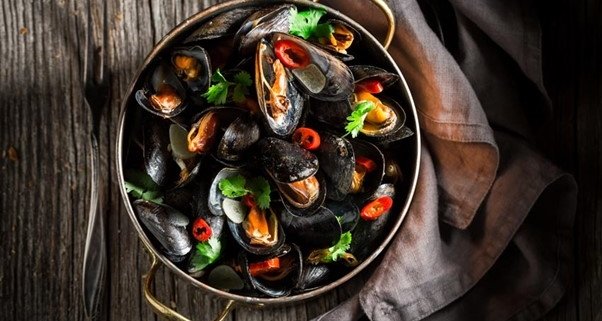



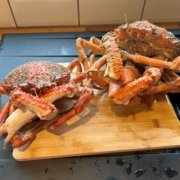

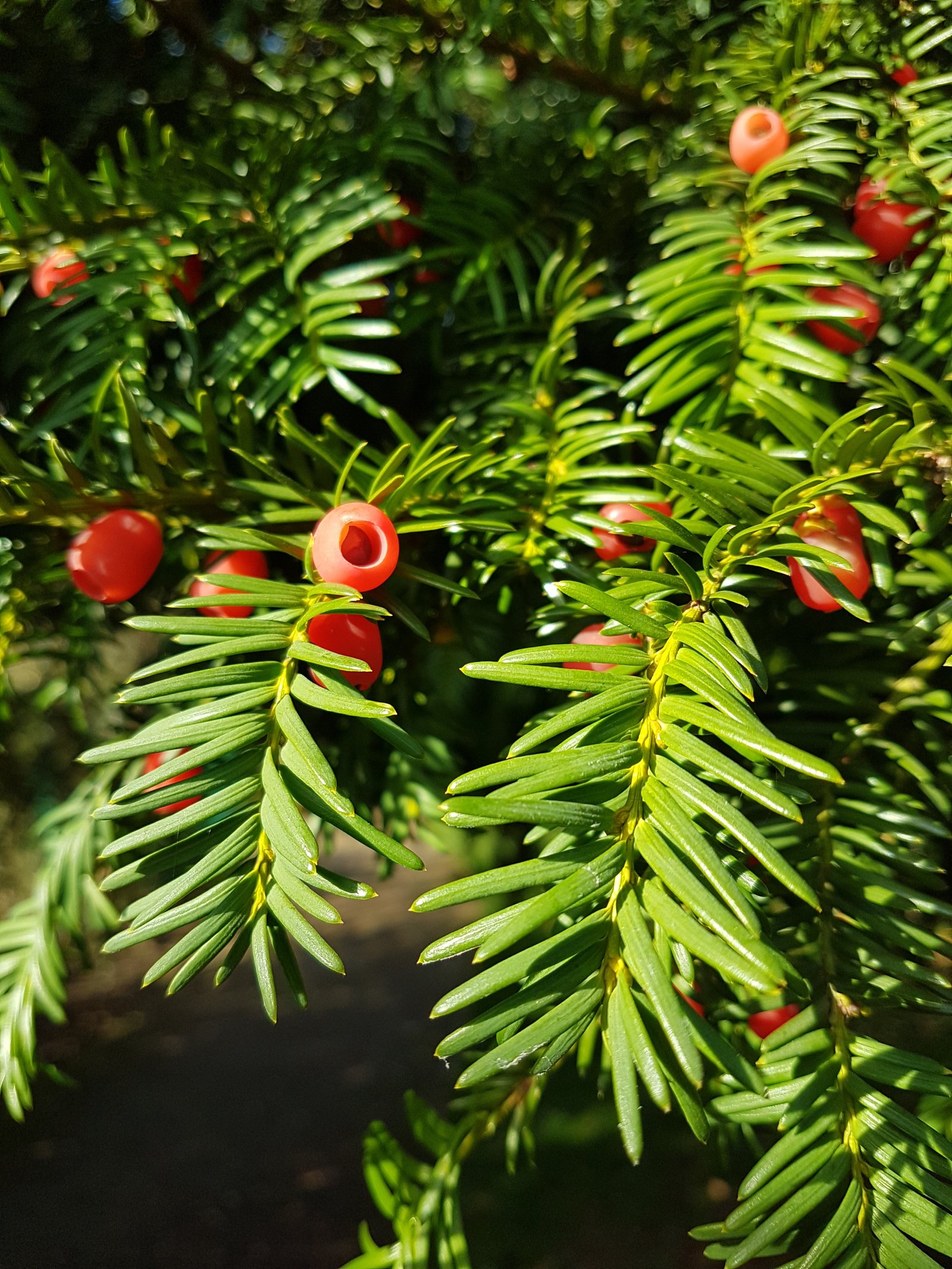
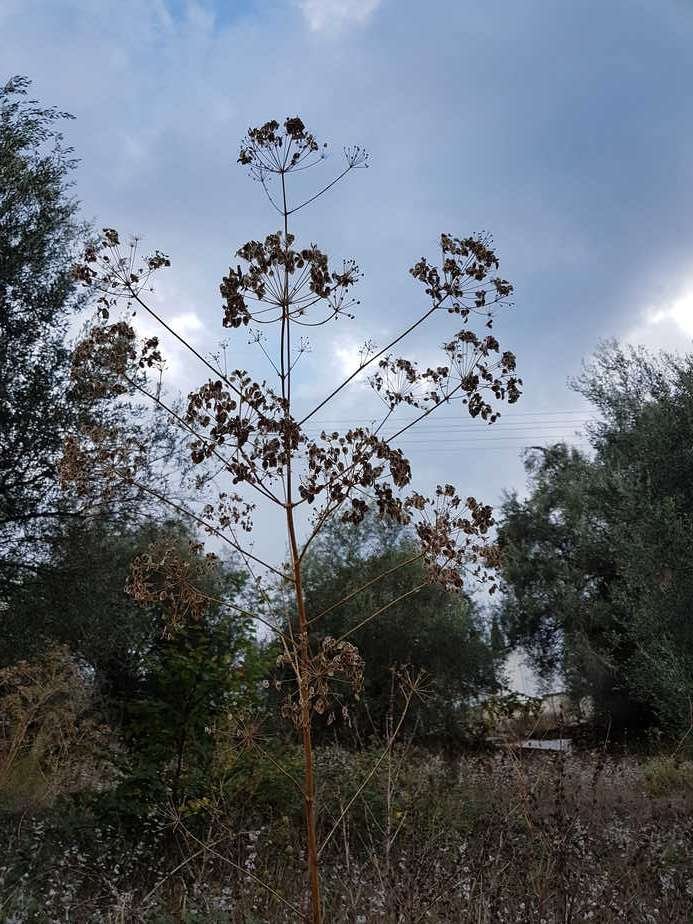



Leave a Reply
Want to join the discussion?Feel free to contribute!